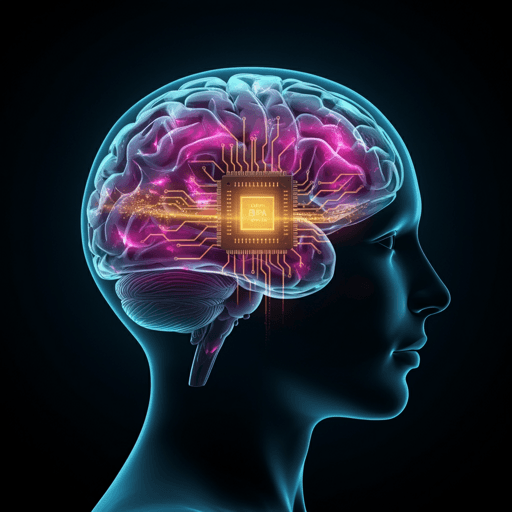
Engineering and Technology
Real-time, neural signal processing for high-density brain-implantable devices
A. M. Sodagar, Y. Khazaei, et al.
High-density intracortical implants promise thousands of channels, but massive recorded data threatens to bottleneck wireless brain microsystems. This review examines the technical challenges of streaming data off implants and surveys on-implant, hardware-efficient digital signal processing methods — including spike detection and extraction, temporal and spatial compression, and spike sorting — to enable low-power, real-time operation. This research was conducted by Amir M. Sodagar, Yousef Khazaei, Mahdi Nekoui, and MohammadAli Shaeri.
~3 min • Beginner • English
Related Publications
Explore these studies to deepen your understanding of the subject.







